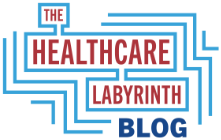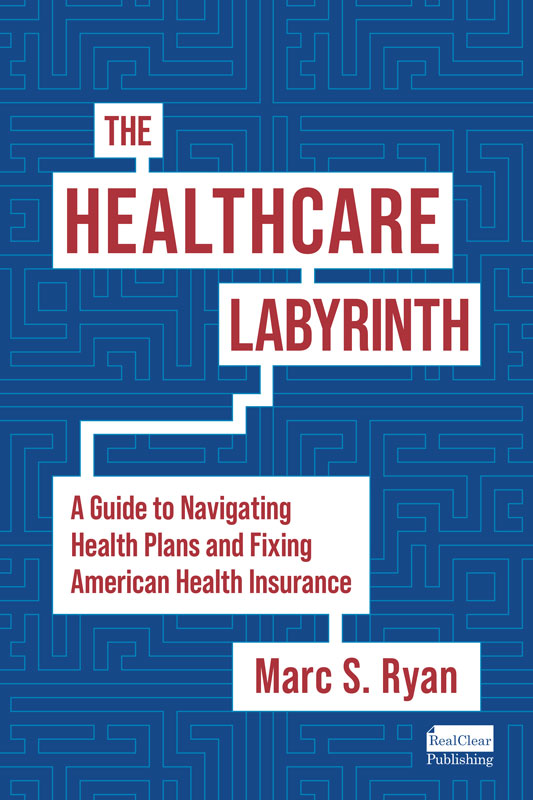As a former board member of two hospitals (a children’s medical center and academic medical center), I am sympathetic to the unique services that hospitals provide and the role many of them play in the education of doctors, nurses, and more. But it is also clear that hospitals are inefficient organizations that continue to drive up costs overall in the healthcare system. While some hospitals are reforming, others cling to the status quo. Hosptial lobbies are also stuck in the past and bucking change.
Here are a few areas and recent studies that point to the role hospitals play in driving up healthcare costs:
Hospital consolidations drive up costs, not lower them. Quality often suffers.
New statistics from the Federal Trade Commission suggest that about 90% of hospital markets are highly concentrated due to the massive mergers and consolidations that have occurred over the past many years. What’s more studies show that the consolidations have not led to lower costs but to higher ones. On the quality front, no measurable improvement in quality has occurred. Often, quality suffers due to the new lack of competition. These trends occur both when non-profit systems merge or consolidate and with the investment in hospitals by private equity firms. The private equity role in hospitals appears especially deleterious. Case in point: Steward’s bankruptcy.
Hospitals continue to lobby against site-neutral payments.
The hospital special interests continue to lobby against the adoption of site-neutral payments in the overall system. Site-neutral policies pay the same amount for the same service, whether performed at an outpatient hospital, ambulatory center, or physician office. Hospitals argue that the higher prices and facility add-ons they charge are necessary given the risky populations they serve and to pay for the unique services hospitals provide in general. But the truth is that the lack of site neutrality encourages high costs and bloat at hospitals. The lack of site neutral payments adds considerably to overall costs but more importantly to the premiums and cost-sharing paid by Medicare and commercial enrollees.
Hospitals are gobbling up physicians and changing practice patterns to more expensive settings.
Today more than half of all doctors are employed by hospitals and health systems. Physicians’ new bosses are directing their employees to change practice patterns and have doctors performing procedures in more expensive hospital outpatient or hospital-owned ambulatory settings. This is an extension of the site neutral discussion above. Physicians have no decision-making ability when employed by a health system and the desires of patients are set aside. Again, costs in the system as a whole increase dramatically as do the premiums and cost-sharing for those enrolled in Medicare and commercial insurance.
The mark-up by hospitals on drugs creates huge challenges.
Several studies find that hospitals’ mark-ups on drugs are extraordinary. One study found that a single treatment of a drug administered in a hospital was on average $8,200 more than via a specialty pharmacy. Thus, hospitals charged more than double (118%) compared with specialty pharmacies. The study found mark-ups too for physician offices, but not to such a degree.
Another study also finds that hospitals are taking advantage of the 340B program, which is meant to provide access for the nation’s most vulnerable and low income. For drug-infusion visits, the median price markup for hospitals eligible for 340B discounts (adjusted for drug, patient, and geographic factors) was 6.59 times as high as those in independent physician practices. Price markups at noneligible hospitals were 4.34 times as high as those in physician practices. What’s more, 340B hospitals retained 64.3% of insurer drug expenditures, whereas hospitals not eligible for 340B retained 44.8%. Independent physician practices retained 19.1%.
Combined, these are another huge whammy on costs in the system as well as premiums and cost-sharing for patients.
Will things change?
With hospitals overall taking up about 30% of our national healthcare pie, things have to change. The hospital and provider lobbies are strong and have successfully lobbied for anti-health plan policy changes. They have successfully avoided major changes because they have won over both the Democrats and GOP.
There are some signs of change, however. The very small beginnings of site-neutral reforms passed the House in 2023. There is some momentum building to tackle the issue. And Congress, too, is finally reviewing 340B reform.
Additional reading and sources:
https://pubmed.ncbi.nlm.nih.gov/29727744
https://pubmed.ncbi.nlm.nih.gov/30933578
https://www.medpac.gov/wp-content/uploads/2022/06/Jun22_MedPAC_Report_to_Congress_v2_SEC.pdf
https://www.ahip.org/news/articles/lawmakers-raise-concerns-on-hospitals-driving-costs-of-care
https://www.nejm.org/doi/full/10.1056/NEJMsa2306609
#hospitals #costs #healthcare
— Marc S. Ryan





